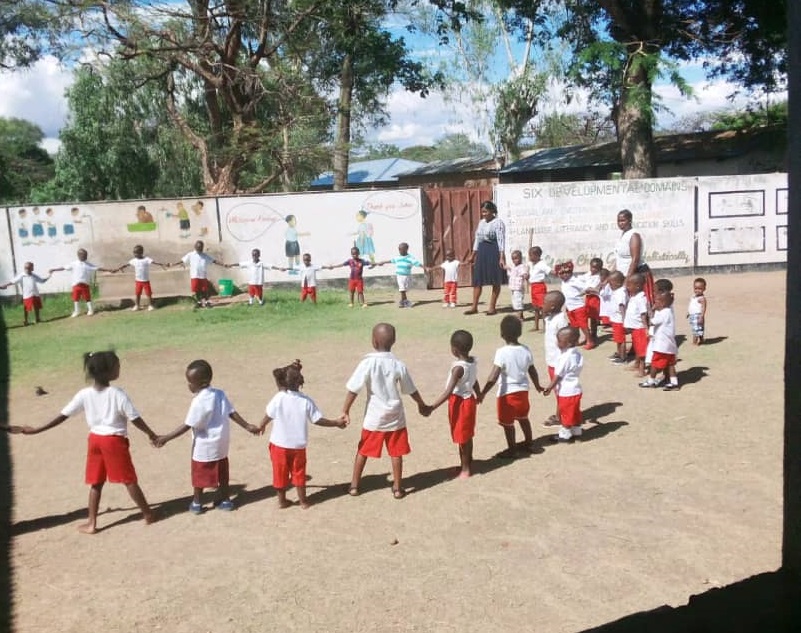Understanding Risks and Protective factors in child protection; tips for Child Care Institutions (CCIs)
Vitumbiko Ngwira* Child protection unavoidably involves uncertainty, ambiguity and fallibility. The world rightly expects high standards from child protection workers in Child Care Institutions in ensuring that children are at all times in a safe environment, but achieving this...
Read More
